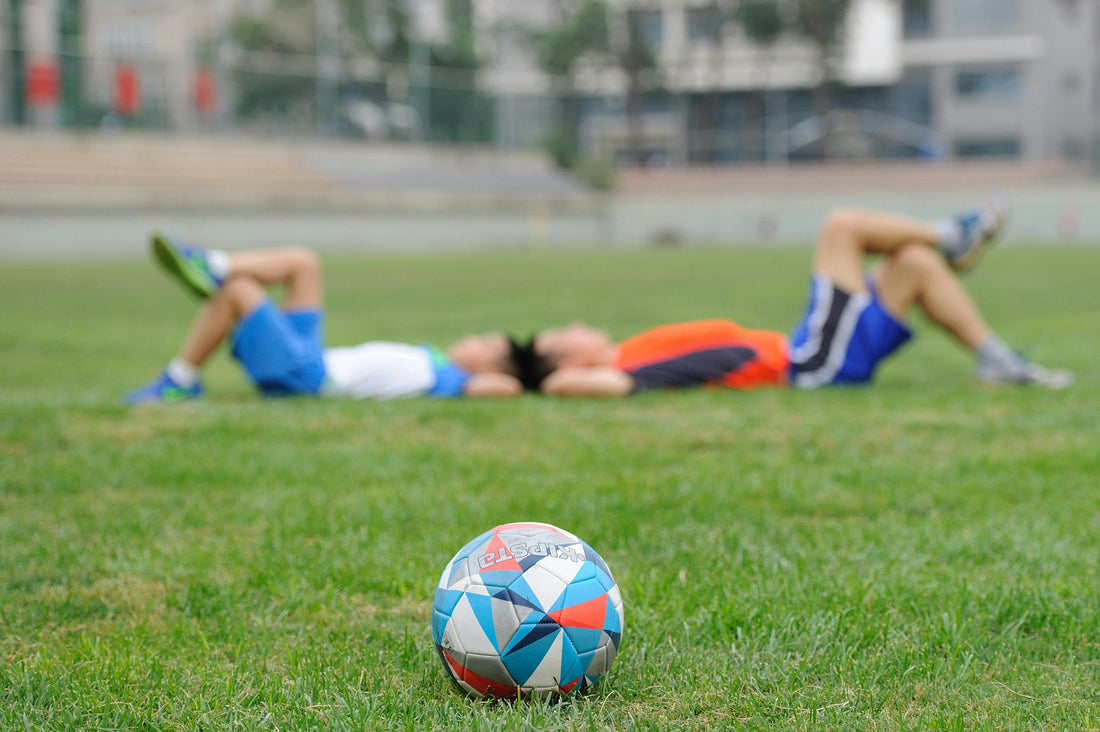
Athletes and grounding: when nature invites itself into recovery
Share
In a world where athletic performance is constantly reaching new heights, recovery is no longer a simple rest phase, but a key pillar of success. More and more professional athletes are seeking natural methods to optimize muscle recovery, reduce stress, and improve their overall well-being. Among these, grounding is attracting growing interest.
What is grounding?
Grounding involves coming into direct contact with the Earth's surface, for example, by walking barefoot on grass, sand, or dirt. This practice is based on the idea that the Earth transmits a natural energy capable of positively influencing our health. Proponents of grounding claim that this direct contact can rebalance the body's electrical charges, reduce inflammation, and promote better cellular regeneration.
Why do athletes like grounding?
For athletes, recovery is essential. After intense exercise, the body experiences muscle microtrauma, oxidative stress, and lactic acid buildup. Grounding gained popularity after the publication of several studies and testimonials highlighting its beneficial effects, including:
- Decreased inflammation
- Improved sleep quality
- Reduced muscle recovery time
- Better management of stress and mental load
Examples of convinced athletes
Several famous athletes have publicly discussed their interest in grounding:
- Sergio Ramos , the Spanish defender, was observed practicing grounding after his training sessions with Club de Fútbol Monterrey. He walks barefoot on the pitch to reduce stress and promote better muscle recovery. ( milenio.com )
- Paris Saint-Germain coach Luis Enrique revealed in a documentary broadcast by Movistar that he has been practicing "earthing" for over a year. He claims that this method has helped him overcome seasonal allergies and reconnect with nature. ( rmcsport.bfmtv.com )
- Serbian tennis player Novak Djokovic regularly shares his grounding practice on his social media. He notably posted a video of himself grounding in nature, expressing the benefits felt through this connection with the Earth ( see the Instagram video ).
What science says
Preliminary research suggests that grounding may help reduce inflammatory markers and improve sleep quality. For example, a study published in the Journal of Environmental and Public Health found positive effects on muscle recovery in participants who grounded after intense exercise.
A simple practice to implement
Beyond its potential benefits, grounding has the advantage of being accessible to everyone. Simply walk barefoot in a park, lie down on the lawn, or even use accessories designed to replicate this contact at home. Trainers often recommend a few minutes a day outdoors to experience the benefits of grounding.
Conclusion
Grounding is emerging as a natural and promising trend among athletes keen to optimize their recovery and well-being. While science is still exploring its precise mechanisms, more and more athletes are spontaneously reporting the benefits they feel on a daily basis. Between performance and a return to basics, grounding embodies an unexpected but alluring alliance between sport and nature.
